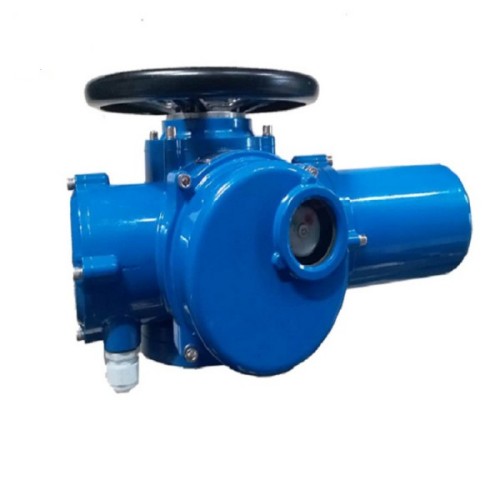1 inch ball float valve
Understanding the 1 inch Ball Float Valve
A 1-inch ball float valve is a crucial component in many plumbing and irrigation systems. This type of valve is designed to control the flow of liquid, particularly in tanks, reservoirs, and ponds. The operation of a ball float valve is relatively simple yet effective, combining buoyancy principles with fluid dynamics to maintain desired water levels automatically.
Structure and Design
The ball float valve consists of a buoyant float, usually crafted from plastic or metal, connected to a valve mechanism. The float is positioned in the liquid, and as the water level rises, the float rises with it. When the float reaches a predetermined height, it triggers the valve to close, stopping the inflow of liquid. Conversely, as the water level drops, the float descends, allowing the valve to open and letting in more water until the desired level is reached again.
The 1-inch designation refers to the diameter of the pipe through which the water flows. This size is often suitable for medium-scale applications, making it a popular choice for residential and agricultural uses. The valve's compact design allows for easy installation in tight spaces, ensuring efficiency without requiring extensive modifications to existing piping systems.
Applications
1-inch ball float valves are commonly used in various applications, including
1. Water Tanks In water storage tanks, a float valve ensures that the tank maintains a proper water level, preventing overflow or running dry. This is crucial for domestic water supply systems and livestock watering solutions.
2. Irrigation Systems In agriculture, these valves help maintain proper water levels in irrigation systems, ensuring that crops receive adequate hydration without wastage.
3. Aquaculture In fish farming, ball float valves regulate water levels in ponds and tanks, promoting a stable environment for aquatic life.
1 inch ball float valve

4. Swimming Pools They can also be found in pool fill systems, maintaining optimal water levels automatically.
Benefits of Using Ball Float Valves
One of the primary advantages of using a 1-inch ball float valve is its reliability. The simple mechanical design minimizes the potential for failure compared to more complex electronic systems. Additionally, the float mechanism enables automatic operation, which reduces the need for constant manual monitoring.
The materials used in these valves also contribute to their longevity. Many are made from corrosion-resistant materials that withstand exposure to water and various chemicals, ensuring that they can maintain performance over time.
Installation and Maintenance
Installing a ball float valve typically requires minimal tools, making it a user-friendly option for DIY projects. However, proper installation is crucial to ensure optimal performance. Following manufacturer's guidelines and ensuring that the valve is level and securely attached to the water supply line will prevent issues down the road.
Regular maintenance involves checking for debris or mineral buildup that could obstruct the valve's movement. Periodic inspections can help identify any potential issues early, extending the life of the valve and maintaining efficient operation.
Conclusion
In summary, a 1-inch ball float valve is an essential tool in managing water levels in various applications. Its straightforward design, reliable operation, and ease of maintenance make it a preferred choice for homeowners, farmers, and aquaculture operators alike. Whether you’re looking to secure a consistent water supply for your garden or maintain water levels for livestock, understanding and utilizing a ball float valve can significantly enhance your system's efficiency and effectiveness.
-
Breakthrough in Domestic Low Temperature Valve Technology in ChinaNewsAug.18,2025
-
From Machinery to Intelligent Brain: The Digital Transformation Wave of the Valve IndustryNewsAug.18,2025
-
PCVEXPO 2025NewsAug.18,2025
-
The Key to Fluid Control: Exploring the Advantages of Ball Valves in Industrial SystemsNewsJul.09,2025
-
The Versatile World of 1, 2, and 3 Piece Ball ValvesNewsJul.09,2025
-
Stainless Steel Ball Valves: The Ideal Choice for Efficient Flow ControlNewsJul.09,2025
-
Optimizing Fluid Control with Ball Float ValvesNewsJul.09,2025




